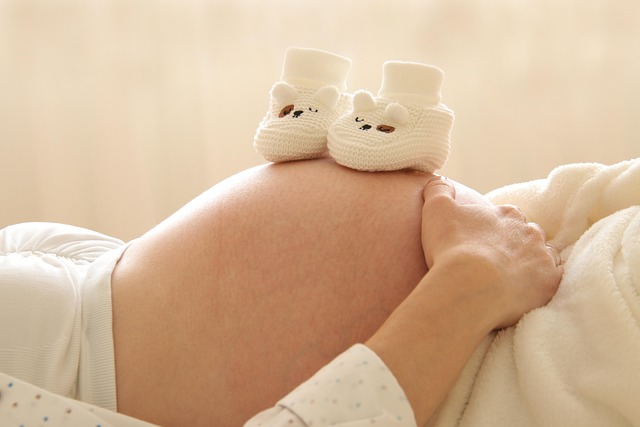Endometriosis is a medical condition where tissue similar to the lining of the uterus grows outside of it, often in the pelvic area. The exact cause remains unknown, and while it can lead to intense pelvic pain during menstruation, some individuals may not experience any symptoms at all.
In the UK, approximately one in ten women is affected by endometriosis. Unfortunately, many remain unaware of their condition, as it often takes about eight years to receive a proper diagnosis. Understanding the symptoms is crucial, as some women may confuse them with regular period pain, which could indicate a more serious problem.
Common Symptoms of Endometriosis
Symptoms often begin in the teenage years, so it’s essential to listen to your body. Common signs of endometriosis include severe pelvic pain, particularly during menstruation, which may interfere with daily activities. Other symptoms can include heavy menstrual bleeding, discomfort during urination or bowel movements, and pain during or after sex. You may also experience lower abdominal and back pain, bloating, extreme fatigue, and challenges with conception.
Living with endometriosis can significantly affect your quality of life, especially if the pain disrupts your daily routine. If you have concerns, it’s vital to reach out to your GP. Many symptoms can be effectively managed through medication or surgical options.
Stages of Endometriosis
Endometriosis is categorized into four stages based on the size, location, and depth of the tissue growth:
- Stage one (minimal): Small patches of endometriosis that cause localized inflammation.
- Stage two (mild): Light lesions and shallow implants found on the ovaries and pelvic lining.
- Stage three (moderate): Deeper implants located on the ovaries and pelvic lining.
- Stage four (severe): The most advanced stage, featuring deep implants and potentially lesions on the fallopian tubes and bowels.
Causes of Endometriosis
While the specific cause of endometriosis is still unclear, several factors may increase the risk. Genetic factors can play a role—if a close family member has endometriosis, you might be at a higher risk. Hormonal and immune system influences are also believed to contribute. In many cases, retrograde menstruation occurs when menstrual blood flows backward through the fallopian tubes into the pelvis, leading to tissue growth.
Additional risk factors include late menopause, shorter menstrual cycles, heavy periods lasting longer than a week, and having no children.
Diagnosing Endometriosis
Diagnosing endometriosis can be challenging, but there are several tests available. Imaging tests, such as ultrasounds or MRIs, allow doctors to view pelvic organs and tissues. However, not all cases are visible on scans, so a laparoscopy—where a camera is inserted into the pelvis through a small incision—is often the most definitive method. If any abnormal tissue is found, a biopsy may confirm the diagnosis.
If you have questions about endometriosis or concerns regarding fertility, our patient support team is here to help. For more insights, check out this other blog post about what Millie does. Additionally, for couples navigating their fertility journey, resources from experts in artificial insemination can be invaluable. This excellent resource on pregnancy and home insemination is also worth a look.
Summary
Endometriosis is a condition where uterine-like tissue grows outside the uterus, causing symptoms like severe pelvic pain, heavy periods, and discomfort during sex. It affects about one in ten women in the UK, often going undiagnosed for years. The condition has four stages, and while the exact cause is unknown, factors like genetics and hormonal influences may contribute. Diagnosis typically involves imaging tests and laparoscopy. It’s essential to seek medical advice if you suspect you have endometriosis.

